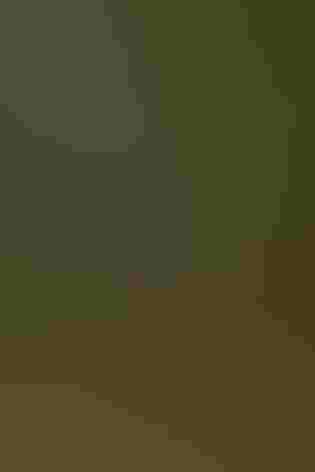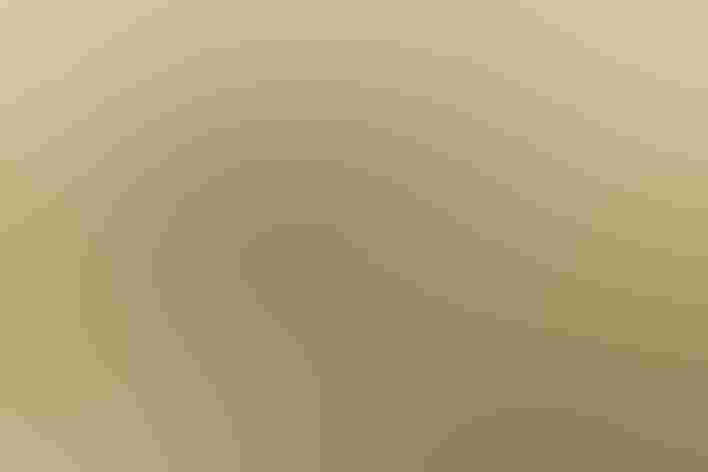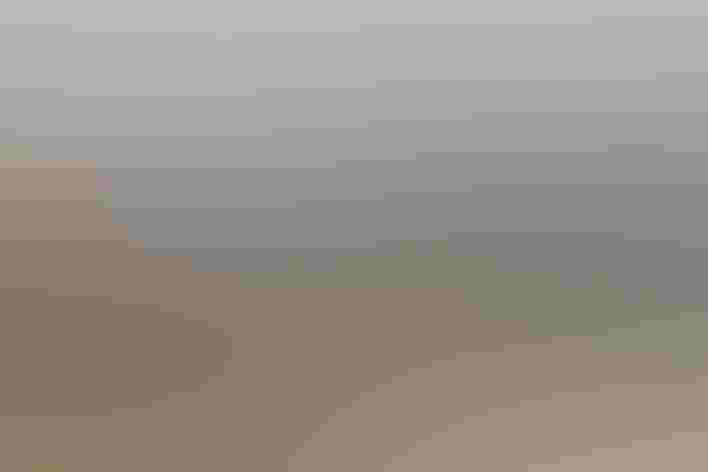Northern Harrier
At a Glance
Parts of Europe and Asia have several kinds of harriers, but North America has only one. Harriers are very distinctive hawks, long-winged and long-tailed, usually seen quartering low over the ground in open country. At close range, the face of our Northern Harrier looks rather like that of an owl; like an owl (and unlike most other hawks) it may rely on its keen hearing to help it locate prey as it courses low over the fields.
All bird guide text and rangemaps adapted from Lives of North American Birds by Kenn Kaufman© 1996, used by permission of Houghton Mifflin Harcourt Publishing Company. All rights reserved.
Category
Hawk-like Birds, Hawks and Eagles
IUCN Status
Least Concern
Habitat
Coasts and Shorelines, Fields, Meadows, and Grasslands, Freshwater Wetlands, Saltwater Wetlands, Shrublands, Savannas, and Thickets
Region
Alaska and The North, California, Eastern Canada, Florida, Great Lakes, Mid Atlantic, New England, Northwest, Plains, Rocky Mountains, Southeast, Southwest, Texas, Western Canada
Behavior
Flap/Glide, Soaring
Population
820.000
Range & Identification
Migration & Range Maps
Some southern birds may be permanent residents, but northern ones migrate. At least in North America, always migrates singly. Time of migration is spread out over long season in both spring and fall.
Description
16-24" (41-61 cm). W. 3' 6 (1.1 m). Best known by shape and by low, slow flight, wings angled up in shallow V. Contrasting white rump is conspicuous. Adult males gray with black wingtips. Female and juvenile brown; juvenile is rusty orange below, female whiter with more streaks.
Size
About the size of a Crow, About the size of a Mallard or Herring Gull
Color
Black, Brown, Gray, Red, White, Yellow
Wing Shape
Fingered, Long, Rounded
Tail Shape
Long, Notched, Rounded, Square-tipped
Songs and Calls
At the nest it utters a kee-kee-kee-kee or a sharp whistle, but usually silent.
Call Pattern
Falling, Flat, Simple
Call Type
Scream, Whistle
Habitat
Marshes, fields, prairies. Found in many kinds of open terrain, both wet and dry habitats, where there is good ground cover. Often found in marshes, especially in nesting season, but sometimes will nest in dry open fields.
Sign up for Audubon's newsletter to learn more about birds like the Northern Harrier
Behavior
Eggs
4-6, sometimes 2-7, rarely more. Pale bluish-white, fading to white and becoming nest-stained; sometimes spotted with pale brown. Incubation is by female only, 30-32 days.
Young
Female remains with young most of time at first; male brings food and delivers it to female, who feeds it to young. After young are about 2 weeks old, female does much of the hunting for them. Young may move short distances away from nest after about a week, but return to nest to be fed; are able to fly at about 30-35 days.
Feeding Behavior
Usually hunts by flying low over fields, scanning the ground; males tend to fly lower and faster than females. May find some prey by sound. On locating prey in dense cover, may hover low over site or attempt to drive prey out into open.
Diet
Mostly small mammals and birds. Diet varies with location and season. Often specializes on voles, rats, or other rodents; also takes other mammals, up to size of small rabbits. May eat many birds, from songbirds up to size of flickers, doves, small ducks. Also eats large insects (especially grasshoppers), snakes, lizards, toads, frogs. May feed on carrion, especially in winter.
Nesting
Often nests in loose colonies; one male may have two or more mates. In courtship, male flies up and then dives, repeatedly, in a roller-coaster pattern. Nest site is on ground in dense field or marsh, sometimes low over shallow water. Nest built mostly by female, with male supplying some material. Nest may be shallow depression lined with grass, or platform of sticks, grass, weeds.
Conservation
Conservation Status
Has disappeared from many former nesting areas, especially in southern parts of range, and surveys suggest that it is still declining in parts of North America.
Climate Threats Facing the Northern Harrier
Choose a temperature scenario below to see which threats will affect this species as warming increases. The same climate change-driven threats that put birds at risk will affect other wildlife and people, too.












